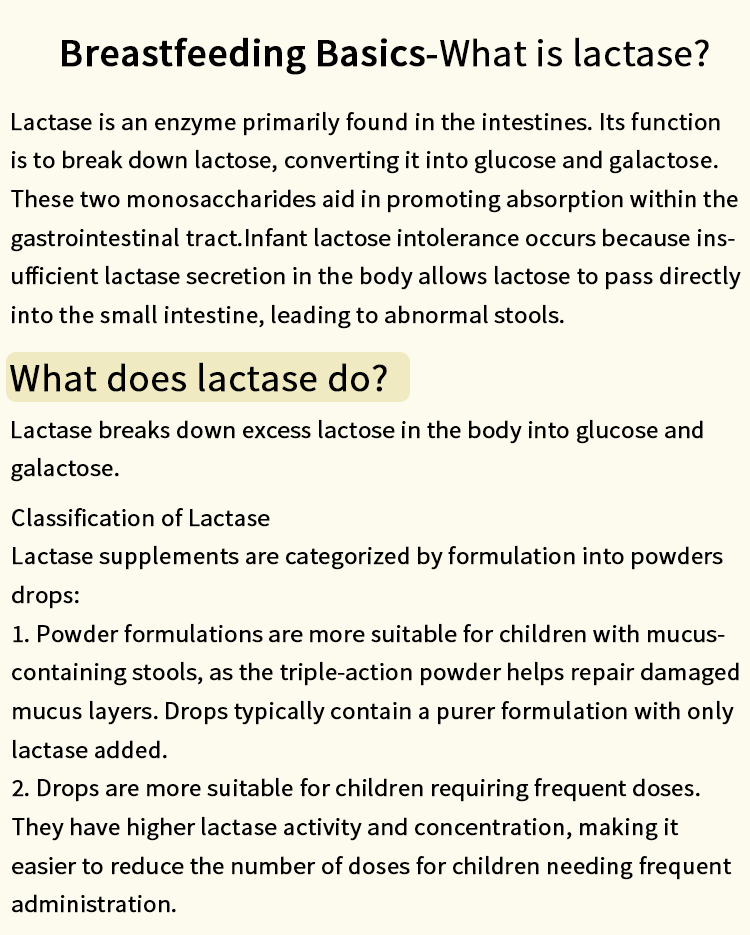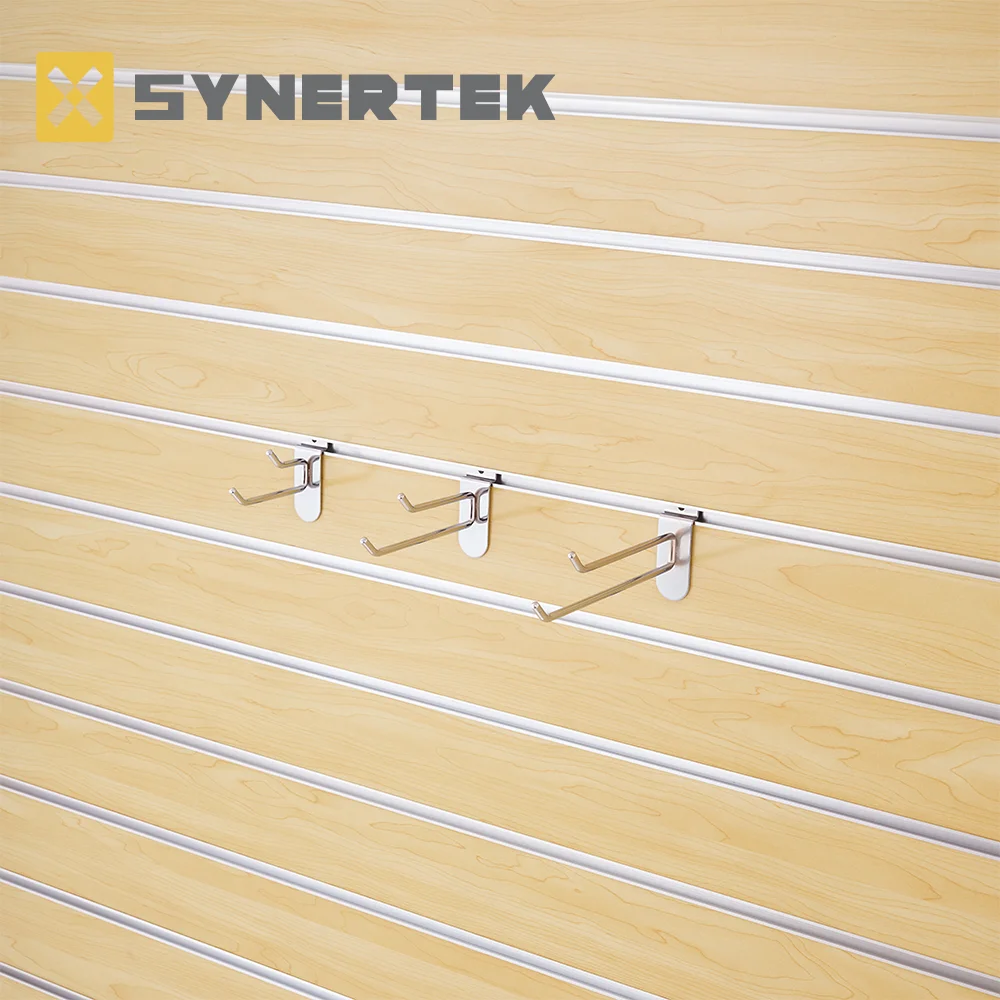In our quest for energy efficiency and effective thermal management, understanding which materials hold heat the best is crucial. This knowledge not only impacts industries such as construction, manufacturing, and cooking but also influences everyday decisions in our homes. In this article, we will explore the properties of various materials, their thermal conductivity, and their applications, providing a comprehensive overview for professionals and enthusiasts alike.
Understanding Thermal Conductivity
Before diving into specific materials, it’s essential to grasp the concept of thermal conductivity. This property measures a material's ability to conduct heat. Materials with high thermal conductivity, like metals, transfer heat quickly, while those with low thermal conductivity, such as insulators, retain heat more effectively. The unit of measurement for thermal conductivity is Watts per meter-Kelvin (W/m·K).
Top Heat-Holding Materials
- Ceramics
Ceramics are renowned for their excellent heat retention properties. Materials like alumina and zirconia can withstand high temperatures and have low thermal conductivity, making them ideal for applications in kilns and furnaces. Their ability to hold heat without significant energy loss makes them invaluable in industries requiring high-temperature processes. - Stone
Natural stones, particularly granite and soapstone, are exceptional at retaining heat. Granite, with its dense structure, can absorb and hold heat for extended periods, making it a popular choice for countertops and stoves. Soapstone, on the other hand, is often used in wood stoves due to its ability to radiate heat evenly and for long durations. - Concrete
Concrete is another material that excels in heat retention. Its thermal mass allows it to absorb heat during the day and release it slowly at night, making it an effective choice for energy-efficient buildings. This property is particularly beneficial in passive solar design, where buildings are oriented to maximize sunlight exposure. - Glass
While not traditionally thought of as a heat-retaining material, certain types of glass, such as tempered glass, can hold heat effectively. Glass is often used in solar thermal applications, where it traps heat from sunlight, making it a critical component in solar panels and greenhouses. - Metals
Metals like copper and aluminum have high thermal conductivity, which means they transfer heat quickly. However, they can also retain heat effectively when used in specific applications. For instance, copper cookware heats up quickly and retains heat well, providing excellent cooking performance. Aluminum, while less effective than copper, is still widely used due to its lightweight nature and affordability. - Phase Change Materials (PCMs)
A relatively new category in thermal management, PCMs are substances that absorb and release thermal energy during phase transitions, such as melting and solidifying. Materials like paraffin wax and certain salt hydrates can store significant amounts of heat, making them ideal for applications in thermal energy storage systems.
Applications of Heat-Holding Materials
The choice of material for heat retention largely depends on the intended application. In construction, materials with high thermal mass, such as concrete and stone, are favored for energy-efficient buildings. In culinary applications, cookware made from metals like copper and cast iron is preferred for its ability to conduct and retain heat effectively.
In the renewable energy sector, PCMs are gaining traction for their ability to store excess heat generated from solar panels, allowing for energy use during non-sunny periods. This technology is crucial for enhancing the efficiency of solar thermal systems and reducing reliance on fossil fuels.
Conclusion
Understanding which materials hold heat the best is essential for optimizing energy efficiency across various industries. From ceramics and stone to innovative phase change materials, each option offers unique advantages tailored to specific applications. As we continue to seek sustainable solutions and improve energy management, the role of heat-retaining materials will undoubtedly become more significant. By leveraging the properties of these materials, we can create more efficient systems that benefit both the environment and our daily lives.



